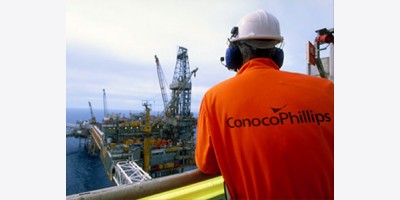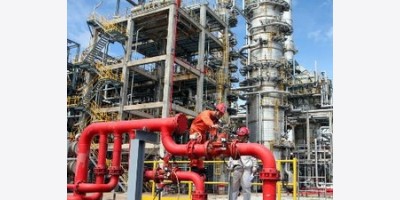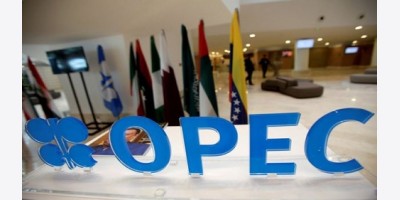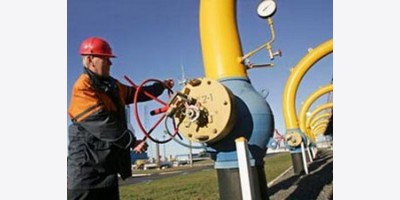By Korean Times
Gas will develop into the principal source of energy, thanks to an increase in proven gas reserves and lower prices, an international energy expert said Sunday.
“The massive new discoveries of (shale) gas in North America and Africa seem destined to provide a consistent supply sufficient to meet world gas needs for a century and more,” Gastech Co-chairman Paul Sullivan said in an interview with The Korea Times.
Shale reserves were once hard to reach, but new extraction technologies have made it economically viable.
Clearly, gas has emerged as an increasingly important part of the global energy basket in the past 30 years and liquefied natural gas (LNG) has become an integral aspect of the natural gas mix in recent years, particularly within Asia.
The emergence has been driven by environmental woes as well as the massive gas findings, Sullivan said, a day before the 27th Gastech Conference & Exhibition opens in Korea.
“A reliable supply of gas augers well for economic planning and social improvement” in involved countries, he said. “Gas, chiefly LNG, provides a balancing fuel type to power industry and is an alternative to diesel and petrol in the form of LNG or compressed natural gas (CNG),” said Sullivan.
LNG and CNG can be provided at discounted prices of up to 40 percent compared to diesel and petrol. The discounts depend on production and distribution issues, he explained.
In Asia, LNG is currently sold under an oil related pricing mechanism. The linkage of LNG and oil prices was designed “to reduce the amount of oil used in the power industry and to stop the pointless waste of associated gas being flared in various parts of the oil producing world,” said Sullivan.
Looking ahead, he said the oil-linked pricing will continue to be dominant as supply contracts are long term of 10-20 years.
“These contracts aren’t likely to be renegotiated any time soon which means that 260 million tons per annum (MTPA) of global LNG supplies will continue to operate under this system for some time into the future,” said Sullivan.
But he predicted that the change in the pricing system will come about when U.S. shale gas supplies begin to flow as early as in 2015. Overall gas supplies are expected to reach 440 MTPA in 10 years, he said.
Once the U.S. begins exporting LNG in 2015, these new supplies could allow more buyers to buy gas based on the American natural-gas benchmark called Henry Hub instead of linking to oil prices. Record U.S. production has driven down Henry Hub prices in recent years.
At stake is what pricing formula new African and Canadian projects will be based on. African projects are not likely to be hub-based as there are no hubs available and the gas is coming directly from gas fields, not a pipeline.
In Canada, pipelines being planned are for gas transportation to LNG plants, he said.
Meanwhile, unlike Europe and North America where “LNG is uneconomic to import due to the low price of pipeline gas, Northeast Asian countries such as Korea, Japan and China have paid higher prices to import LNG for their gas supply due to the lack of pipeline gas,” he said.
As for Korea, he advised the country to further boost its LNG-related businesses such as building high-end offshore facilities. These include floating storage and regasification units and floating LNG liquefaction plants.
Korea Gas Corp., the world’s single biggest LNG buyer, purchased 39 million tons in 2013, spending nearly 90 percent of its revenue of 38 trillion won ($36 billion) for the whole of last year.























